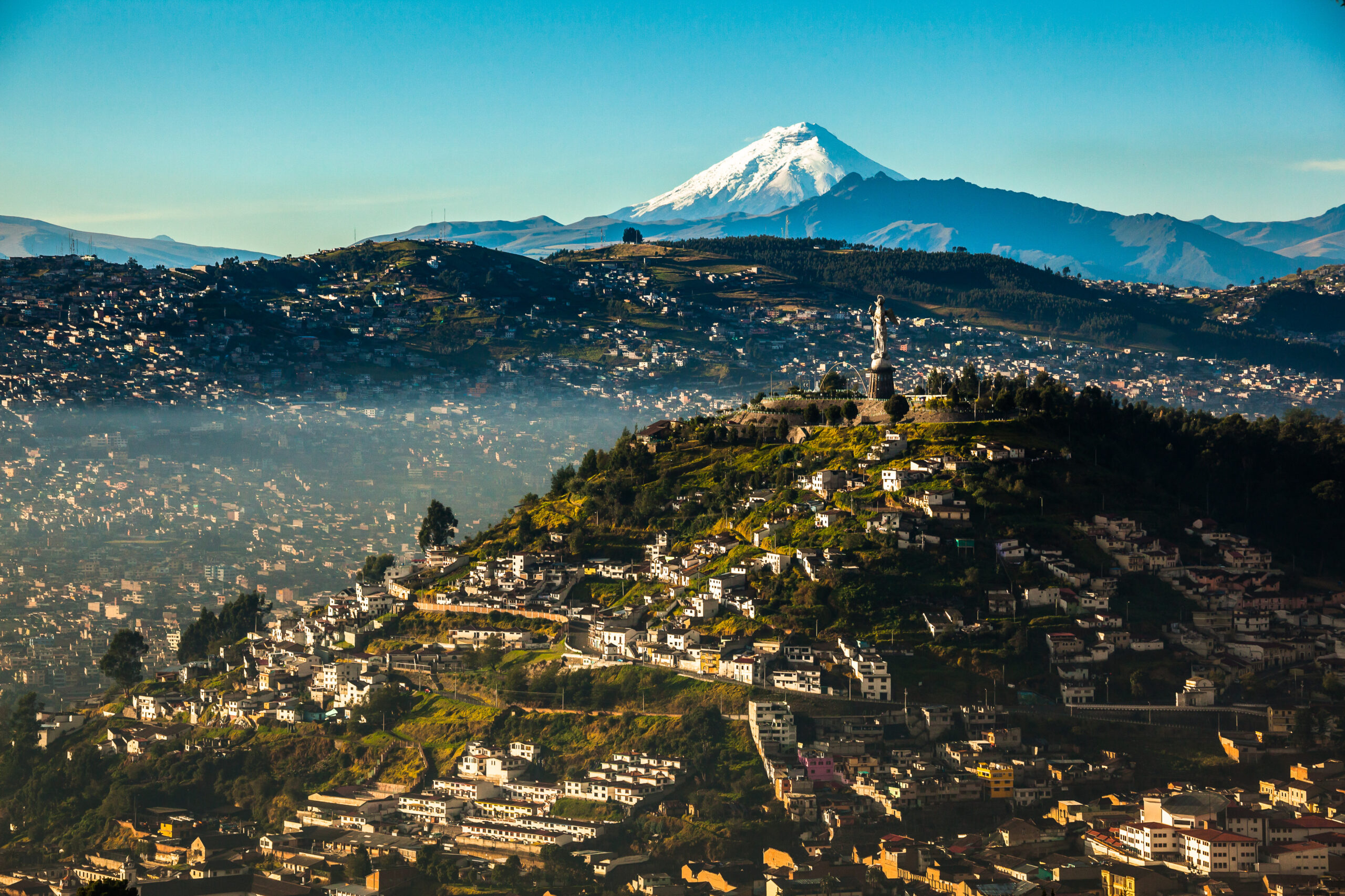Ecuador, located in the northwestern corner of South America, boasts a diverse and unique economic landscape. This blog post aims to provide an authoritative overview of the principal components of the Ecuadorian economy, drawing on historical trends, key sectors, and current challenges. This text will delve into the following elements:
Macro-Economic Indicators
To understand the Ecuadorian economy, it is essential to examine macroeconomic indicators. Oil prices, export commodities, and government policies have driven Ecuador’s Gross Domestic Product (GDP). Historically, the country has experienced fluctuations in its economic performance.
Ecuador has grappled with fiscal deficits and debt challenges. The country adopted the U.S. dollar as its official currency in 2000 to stabilize its economy. Inflation rates have generally been controlled due to dollarization, but fiscal sustainability remains a concern.
Oil and Energy Sector
The Ecuadorian economy has long been reliant on the oil and energy sector. The country is one of the smallest members of OPEC, and oil exports have historically been a primary source of revenue. However, this dependence has exposed the country to volatility in global oil prices.
Ecuador’s government has sought to diversify its energy sources, including investments in renewable energy such as hydroelectric power and wind farms. Reducing reliance on oil exports is considered a strategic move to enhance economic stability and sustainability.
Agriculture and Agribusiness
Agriculture plays a crucial role in the Ecuadorian economy. The country is known for its exports of bananas, flowers, shrimp, and other agricultural products. Favorable climatic conditions and diverse landscapes have enabled Ecuador to become a global supplier of these commodities.
Additionally, the government has encouraged sustainable and organic farming practices to meet international demand for eco-friendly products. Agribusiness, including food processing and packaging, is vital to Ecuador’s economic landscape.
Mining and Natural Resources
Ecuador possesses significant mineral resources, including gold, silver, and copper. The government has pursued mining projects to tap into these resources. This has attracted foreign direct investment. However, this sector has faced challenges related to environmental concerns and, in some instances, community opposition.
Striking a balance between economic development and environmental preservation remains a priority, and Ecuador has implemented stricter regulations to ensure responsible mining practices.
Manufacturing and Industry
Ecuador’s strategic location in South America and access to international markets have made it an attractive destination for manufacturing and industry. Key sectors include textiles, food processing, and electronics manufacturing.
The country’s manufacturing sector has grown due to its export-oriented approach, capitalizing on preferential trade agreements with countries like the United States and the European Union.
Services and Tourism
Ecuador’s services sector, including finance, telecommunications, and technology, has expanded. Quito and Guayaquil have witnessed the emergence of tech hubs and start-up ecosystems.
Tourism is another crucial component of the services sector. The country’s natural beauty, including the Galapagos Islands, diverse landscapes, and rich cultural heritage, draws tourists worldwide. Investments in hotels, resorts, and infrastructure have supported the growth of this sector.
Trade and Foreign Direct Investment in the Ecuadorian economy
The Ecuadorian government has actively pursued trade agreements and attracted foreign direct investment (FDI). The country has signed trade agreements with various countries and blocs, expanding its access to international markets. Among trade agreements that benefit the Ecuadorian economy are accords between Ecuador and the United States, Peru, and Chile. Ecuador also has agreements with major trading blocs. Among them are:
- The Andean Community (Bolivia, Colombia, and Peru)
- The European Union (27 countries)
- Mercosur (Argentina, Brazil, Paraguay, and Uruguay)
Historically, FDI has flowed into the oil, mining, and telecommunications sectors. However, the government has sought to diversify investment by promoting renewable energy, agriculture, and technology sectors.
Challenges and Future Prospects
Currently, the Ecuadorian economy faces several challenges that require attention for sustainable growth:
- Fiscal Sustainability: The country needs to address its fiscal deficits and debt levels. Responsible fiscal management is crucial to ensure long-term economic stability.
- Oil Price Volatility: Ecuador’s vulnerability to fluctuations in global oil prices underscores the need to diversify revenue sources and reduce reliance on oil exports.
- Environmental Concerns: Balancing economic development with environmental preservation is vital, especially in sectors like mining and energy.
- Infrastructure Development: Investing in infrastructure, including transportation and utilities, is essential to support economic growth and enhance competitiveness.
- Economic Diversification: The government’s efforts to diversify the economy beyond oil and mining are promising. Continued support for the agriculture, manufacturing, and technology sectors will be critical.
- Attracting Investment: Attracting foreign direct investment and creating a conducive investment climate is essential to fund infrastructure projects and drive economic growth.
- Social Inclusion: Addressing income inequality and ensuring social inclusion are vital for long-term stability and sustainable development.
In conclusion, the Ecuadorian economy is a multifaceted landscape comprising traditional sectors like oil and agriculture and emerging industries like technology and tourism. Economic stability and growth will require prudent fiscal management, diversification of revenue sources, responsible resource management, and attracting foreign investment. Despite challenges, Ecuador’s potential for sustainable development remains promising, and strategic policies can pave the way for a prosperous future for the South American nation.


